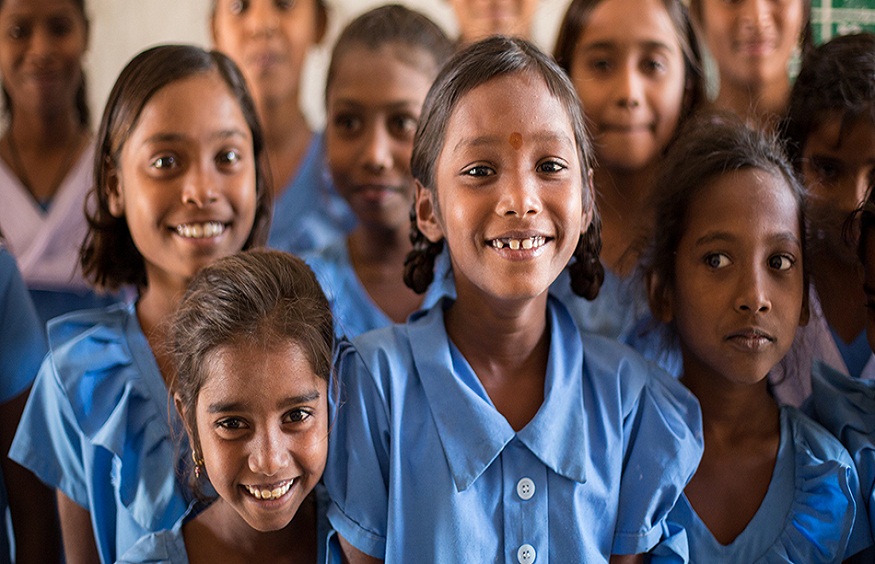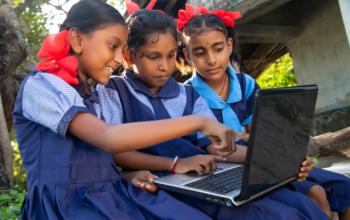Digital learning is no longer a luxury—it’s a necessity. But in rural parts of India, many children still don’t have access to basic digital infrastructure, leaving a huge gap in education. Among the most affected is the girl child in India, who often faces additional social and economic barriers to learning.
In recent years, corporate social responsibility (CSR) has emerged as a powerful force to bridge this gap. By partnering with local communities and Indian NGOs, companies are not just donating devices—they’re building ecosystems that empower rural schools with technology, training, and access.
The Digital Education Gap in Rural India
Infrastructure & Accessibility Challenges
While cities are embracing digital education at lightning speed, rural schools often lack reliable electricity, internet, and even basic devices. Teachers may not be trained in digital tools, and many students have never used a tablet or computer in a classroom setting.
The Gender Divide in Education
The girl child in India faces unique obstacles—from early marriage and household duties to cultural biases against educating girls. Without targeted interventions, girls risk being left behind in the digital age.
How Corporate Social Responsibility Is Bridging the Gap
CSR in Education: A Strategic Shift
Traditionally, corporate social responsibility focused on physical infrastructure—like building schools or donating books. But now, companies are shifting their CSR in education approach to include digital classrooms, e-learning platforms, and teacher training.
With a growing emphasis on digital inclusion, more corporates are aligning their CSR goals with the broader objective of building a tech-savvy, educated rural India.
Empowering the Girl Child Through Digital Access
Digital learning programs funded through CSR are creating inclusive spaces that prioritize equal access. Special programs are being launched to ensure the girl child in India is not just included—but empowered.
For example, initiatives that provide girls with digital literacy training, access to virtual classrooms, and mentorship opportunities are helping them break free from generational cycles of inequality.
Role of Indian NGOs in Scaling Impact
No CSR project can succeed in isolation. That’s where Indian NGOs play a crucial role. These organizations act as bridges between corporations and local communities.
From identifying the schools in need, training teachers, to monitoring progress on the ground—Indian NGOs ensure that digital classroom initiatives are tailored, culturally relevant, and sustainable.
Case Studies & Success Stories
Several success stories highlight the positive outcomes of these collaborations:
- A leading IT company partnered with an Indian NGO to introduce solar-powered digital classrooms in villages across Maharashtra. Today, hundreds of students—including many girl children—attend classes using tablets loaded with curriculum-aligned content.
- Another corporate-funded initiative in Uttar Pradesh deployed virtual teachers via satellite in areas with a severe shortage of female educators, boosting attendance rates for girls.
These examples show how corporate social responsibility can bring about real, measurable change when paired with the right partners and vision.
The Road Ahead
There’s still a long way to go. While current CSR efforts are commendable, they must scale to meet the size of India’s rural education gap. Stronger collaborations between companies, Indian NGOs, and government bodies are needed to ensure that digital learning becomes a permanent fixture, not just a short-term project.
Importantly, efforts must remain inclusive and continue to focus on the girl child in India, who stands to gain the most from equal digital opportunities.
Conclusion
Digital classrooms are transforming how rural India learns—and at the heart of this transformation is corporate social responsibility. By supporting CSR in education and partnering with Indian NGOs, companies are playing a key role in shaping a more equal, connected future.
When the girl child in India is given access to digital education, the benefits ripple across families, communities, and generations. The path forward is clear: continued CSR investments, technology-driven learning, and a commitment to inclusivity are the keys to unlocking the full potential of rural India.




